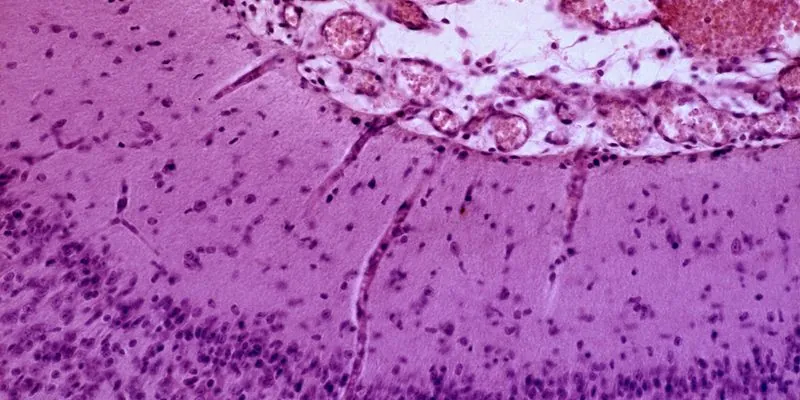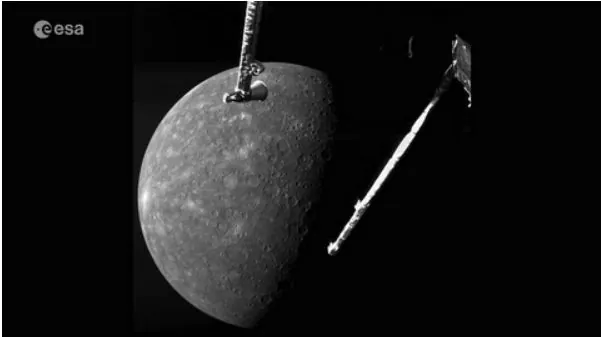
Breast Tumors Uncover a Shocking Secret: How They Invade the Brain!
2024-09-30
Introduction
In a groundbreaking study, researchers have revealed an astonishing discovery that could reshape our understanding of breast cancer metastasis—particularly in how cancer cells invade the central nervous system. The leptomeninges, the fluid-filled membranes enveloping the brain and spinal cord, are notoriously inhospitable environments for cancer cells due to their scarcity of nutrients and limited oxygen. Yet, despite these harsh conditions, around five to ten percent of patients with solid tumors show evidence of these cells infiltrating this protective layer, resulting in a life expectancy of less than six months for those diagnosed with leptomeningeal metastasis.
Study Overview
Researchers from Duke University have identified a potential pathway for how breast cancer cells might traverse the body to reach the leptomeninges, revealing a complex relationship with the bone marrow. Their study, published in Science, indicates that cancer cells could exploit blood vessels connecting the bone marrow directly to the leptomeninges, crawling along them instead of entering the bloodstream. This unique metastasis mechanism could hold the key to understanding the aggressive behavior of certain breast cancer cells.
Key Findings
Co-author Dorothy Sipkins, a renowned cancer researcher, has noted a striking similarity in behavior between breast cancer cells and neural cells during their journey to invade the brain. Previous research showed how leukemia cells use the same route, prompting Sipkins to investigate whether solid tumors might utilize this pathway. In fact, a 1983 autopsy study had hinted that the vertebral bone could serve as an intermediary in the pathway from breast cancer to brain invasion.
Experimental Validation
To prove their hypothesis, Sipkins and her team conducted experiments on mouse models with breast cancer, confirming that these cells indeed migrate through the bone marrow to reach the leptomeninges. They employed an innovative technique of optical clearing to visualize the relationship between the cancer cells and the blood vessels, vividly illustrating how cancer cells latch onto the vessel surfaces.
Role of Integrin Alpha-6
Central to their findings is integrin alpha-6, a cell adhesion protein that seems to guide breast cancer cells through this pathway. These findings echo those in neural development, suggesting that cancer cells have adapted mechanisms typical of neurons to navigate this challenging environment. Additionally, further analysis revealed that the successful migration of these cancer cells was linked to the secretion of glial-derived neurotrophic factor (GDNF) from macrophages in the leptomeninges, effectively allowing the cancer cells to survive even in such inhospitable conditions.
Implications for Treatment
The implications of this research are profound. Identifying integrin alpha-6 as a potential target for new therapies could pave the way for innovative treatments for breast cancer patients experiencing leptomeningeal metastasis. As Sipkins remarked, “Treatment for leptomeningeal metastasis has not really changed in many years. Identifying new targets for specific therapies could significantly improve patient care.”
Future Directions
While the study provides a compelling new perspective on how breast cancer can invade the brain, experts like Jan Remsik caution that more human data is essential to validate these findings. Future clinical trials could open up opportunities for novel therapeutic strategies that focus on disrupting the pathways that facilitate this aggressive form of metastasis.
Conclusion
This pivotal research underscores a critical juncture in the field of oncology, shining a light on the mechanisms breast cancer cells employ to invade the brain and potentially promising new avenues for treatment that could save lives. The question remains: will this groundbreaking discovery lead to a significant advancement in cancer care? Only time will tell, but hope is very much alive.




 Brasil (PT)
Brasil (PT)
 Canada (EN)
Canada (EN)
 Chile (ES)
Chile (ES)
 España (ES)
España (ES)
 France (FR)
France (FR)
 Hong Kong (EN)
Hong Kong (EN)
 Italia (IT)
Italia (IT)
 日本 (JA)
日本 (JA)
 Magyarország (HU)
Magyarország (HU)
 Norge (NO)
Norge (NO)
 Polska (PL)
Polska (PL)
 Schweiz (DE)
Schweiz (DE)
 Singapore (EN)
Singapore (EN)
 Sverige (SV)
Sverige (SV)
 Suomi (FI)
Suomi (FI)
 Türkiye (TR)
Türkiye (TR)